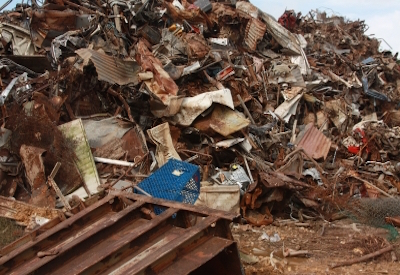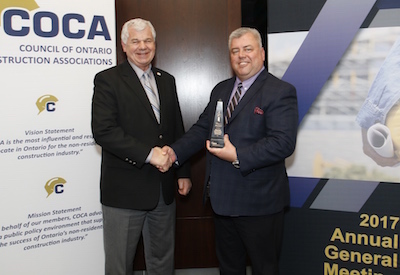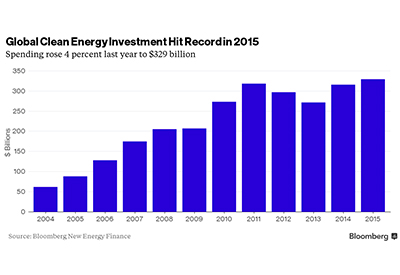Draft End-of-Life Code of Practice for Mercury-Containing Lamps

A proposed code of practice for mercury-containing lamps at the end of their life has been published for comment by Environment Canada. Deadline for submitting comments: June 6.
The draft code does not prescribe specific methods or technologies. Instead, it provides information on best practices, options and considerations for various activities of end-of-life management of mercury-containing lamps, such as collection and storage, materials management and emergency response plans, and tracking.
The best practices cover various types of mercury-containing lamps, including:
- fluorescent tubes and compact fluorescent light bulbs
- fluomeric lamps metal halide lamps (e.g., for stadium or warehouse lighting applications)
- mercury vapour discharge lamps (e.g., for street and floodlighting applications)
- sodium vapour lamps (e.g., for street and floodlighting applications)
- cold cathode and external fluorescent lamps (e.g., for electronic display applications, signs)
- automotive high-intensity discharge (HiD) lamps
The code of practice is a voluntary tool developed to complement provincial, territorial and local efforts. It may be used as guidance by various Canadian governmental jurisdictions within their waste management programs or regulatory frameworks and by other stakeholders. Aspects of the code of practice could also be referenced in industry plans for recycling programs that may be required under provincial and territorial waste management regimes.
Why it’s needed
Mercury is an essential component in some energy-efficient lamps such as fluorescent tubes and light bulbs. Mercury-containing lamps use a low-pressure mercury electrical discharge in which a fluorescing coating transforms ultraviolet energy into visible light. These lamps contain a small amount of mercury which may be released when the lamps break or are improperly disposed as regular garbage. The mercury vapour released from these broken lamps poses a potential risk to human health and the environment. Thus, it is important that mercury-containing lamps are managed properly at their end of life to prevent the release of mercury to the environment.
Methyl mercury can cause an array of health problems including brain damage and neurological development effects in fetuses, infants and young children.
Find out more: http://www.ec.gc.ca/lcpe-cepa/eng/participation/default.cfm.
Image courtesy of David Castillo Dominici at FreeDigitalPhotos.net.
















